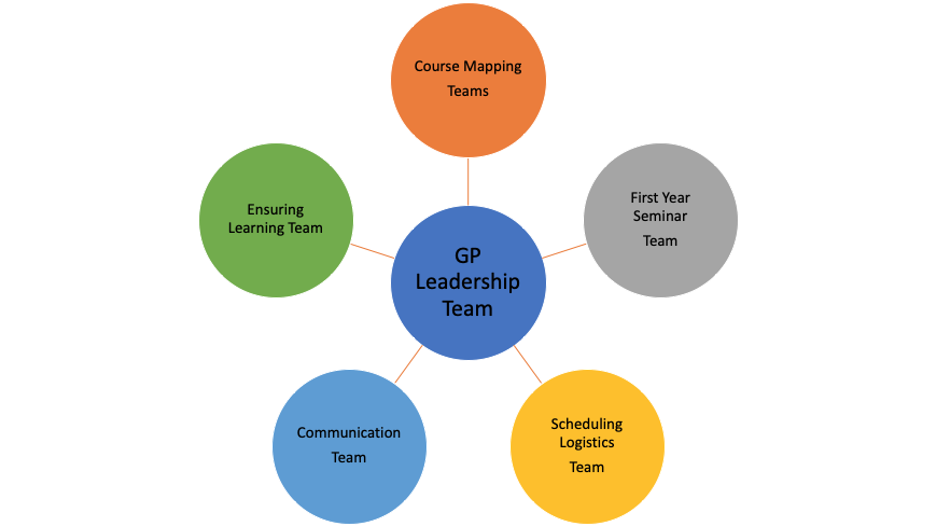Rationale for Equity in Guided Pathways
Guided Pathways and ATD are frameworks that we are using to highlight the equity gaps and implement systemic change at our college. The primary goal of Guided Pathways is to increase how many underrepresented students earn college degrees, especially in areas where there are higher income possibilities. We want to close gaps especially for our low-income students and students of color. How do we do that? We have to use data to critically examine the entire process of how we serve students. For faculty, that means looking at the barriers our courses may pose to students, from placement to teaching practices to the lack of support systems in courses where students are struggling to succeed.
Course Mapping
In order to develop clear pathways for students, we need the help of our faculty and staff to re-evaluate our current course sequences to look for inequitable practices that we may not have considered before. Well-designed pathways should help students understand how the courses they’re taking connect to their long term goals.

Mapping goals for the 2021-2022:
- Teams (3-5 faculty) in all focus areas (Prof Tech & Transfer) complete two phases of draft maps.
- Interdisciplinary faculty teams complete exploratory map for each of seven pathways (Healthcare, Business, Social Science, Humanities & Communication, Visual Arts, SEM, Technology)
- BaTS faculty work to align English & Math pathways, so all students can complete college-level Math and English early in their educational careers.

How mapping goals advance equity:
It is important to understand that the goal of course mapping is not just the simple act of putting courses on a map and giving them to students as guidance. We are asking faculty to grapple with some important equity questions as they develop their course maps this year, questions such as:
- Are your degrees and certificates accessible to all types of students?
- Has there been any data analyses conducted where we can see whether historically underrepresented and high needs student are disproportionately enrolled in your area?
- Are our underrepresented students enrolled in courses that lead to careers that have lower paying jobs?
- Are there critical courses in your area (gatekeeper courses) that inequitably take out students of color? What are some of the academic and student supports that need to be integrated into these critical courses?
What will we gain from having course maps that are built on equitable practices?
- Historically underserved populations (first generation students & BIPOC) will know what courses to take to achieve their academic and career goals.
- No matter where they start, all students in pre-college courses (ESL, ABE, I-BEST, etc.) will have a plan to achieve their goals.
- Undecided students will be able to explore their interests while staying on track for completing their academic/career goals.
Last Updated September 27, 2022